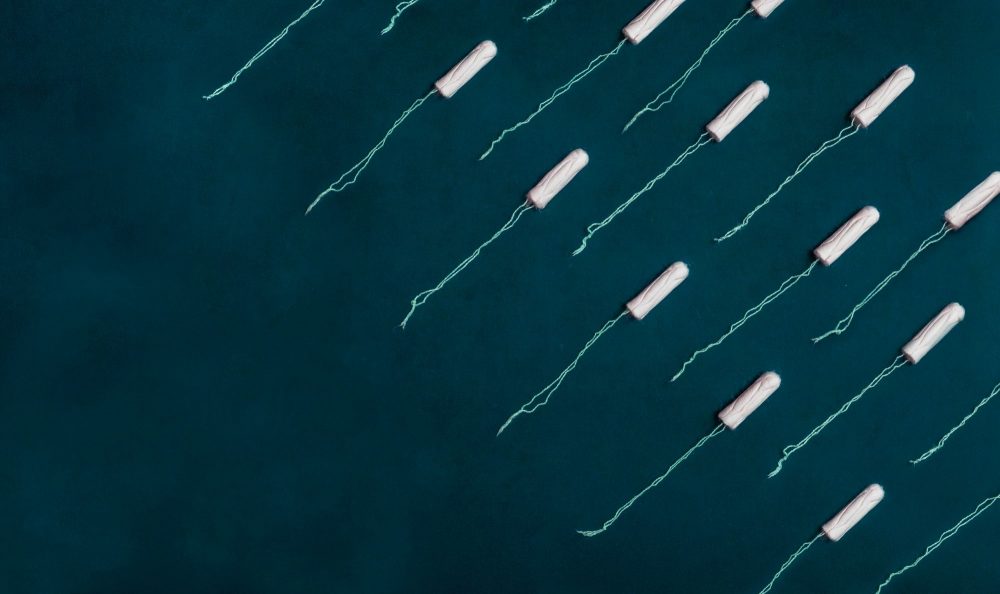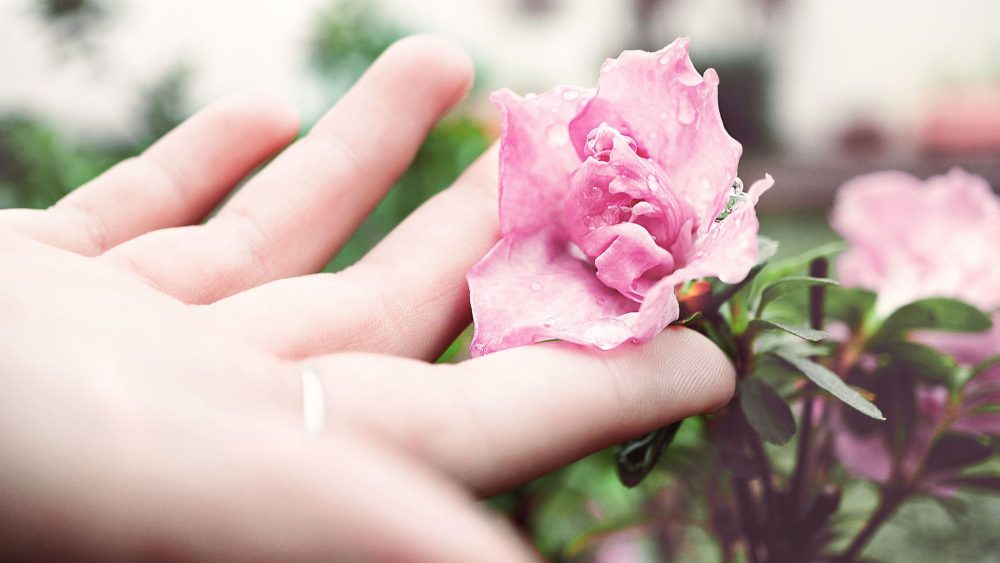“Tampax Pure” reads, “Organic Tampons by Tampax – free of dyes, fragrances and chlorine bleach,” which begs the question…does the other 98% of their products contain those things? Gross.
Legally, tampons are considered medical devices by the government, meaning they do not have to list their ingredients. The vagina is a mucous membrane, just like the mouth, so what you put in it matters. The mucous membranes in your body absorb at a higher rate than anywhere else, so you can bet that whatever you are putting inside of you for hours at a time is headed straight into your bloodstream. Chlorine, bleach and fragrances are not what I want flowing through my veins. The average tampon user will go through approximately 11,000 tampons in their reproductive years. Do we even have the research that tells us the impact of this lifetime exposure on our bodies? Not to mention any future generations we produce or the sheer amount of plastic waste created by tampon applicators.

The tampon industry has remained largely unchanged in North America since the 1930s, but with the wellness boom over the last few years, the rise of small eco-conscious companies like Blume, Rael, Seventh Generation, Cora etc. has shaken up the monopoly board. The big players such as Tampax and OB have had to make a quick launch into marketing their products under the umbrella of “healthy living.”
In the age of buzzwords like “organic,” “all-natural” and “pure,” even with an extreme pivot, will these multi-billion dollar companies be able to keep up? At this point, smaller companies are scaling the market quickly, and the customers are long over being enticed by sparkly pink and purple packaging. We want and expect more.
Gone are the days of throwing tampons into your cart at any price because you purchased them at the grocery store for ease, or because Shoppers Drugmart was the biggest pharmacy around. We are now offered not only the convenience of straight-to-door-delivery which is key in such an overworked generation, but also competitive pricing, fewer chemicals, and less processing – something we were not even aware of until this recent age of fast information. And the cherry on top? Philanthropy.
We may be spending long hours behind our desks or on our phones, but millennials want to give back, too. So if we can give back by buying something as simple as tampons, you can bet we sure as hell will. The company Rael, a number one bestseller on Amazon, works with the organization Happy Period to give back by donating menstrual kits to women in need. If that’s not motivation enough to get tampons delivered to your door, I don’t know what is.

With alternatives like these smaller companies on the come up, why are we still buying products that harm our bodies and increase our carbon footprint? And that’s only taking into account the people who can afford these menstrual hygiene products, still not acknowledged as “necessities” by the government.
Yanghee Paik, CEO and co-founder at Rael is quoted as saying, “we started Rael to empower women with healthy alternatives to conventional feminine care products that are full of toxic chemicals…We hope to educate and impact women around the world by creating products that don’t sacrifice comfort or performance.”
Consider us educated…period.

